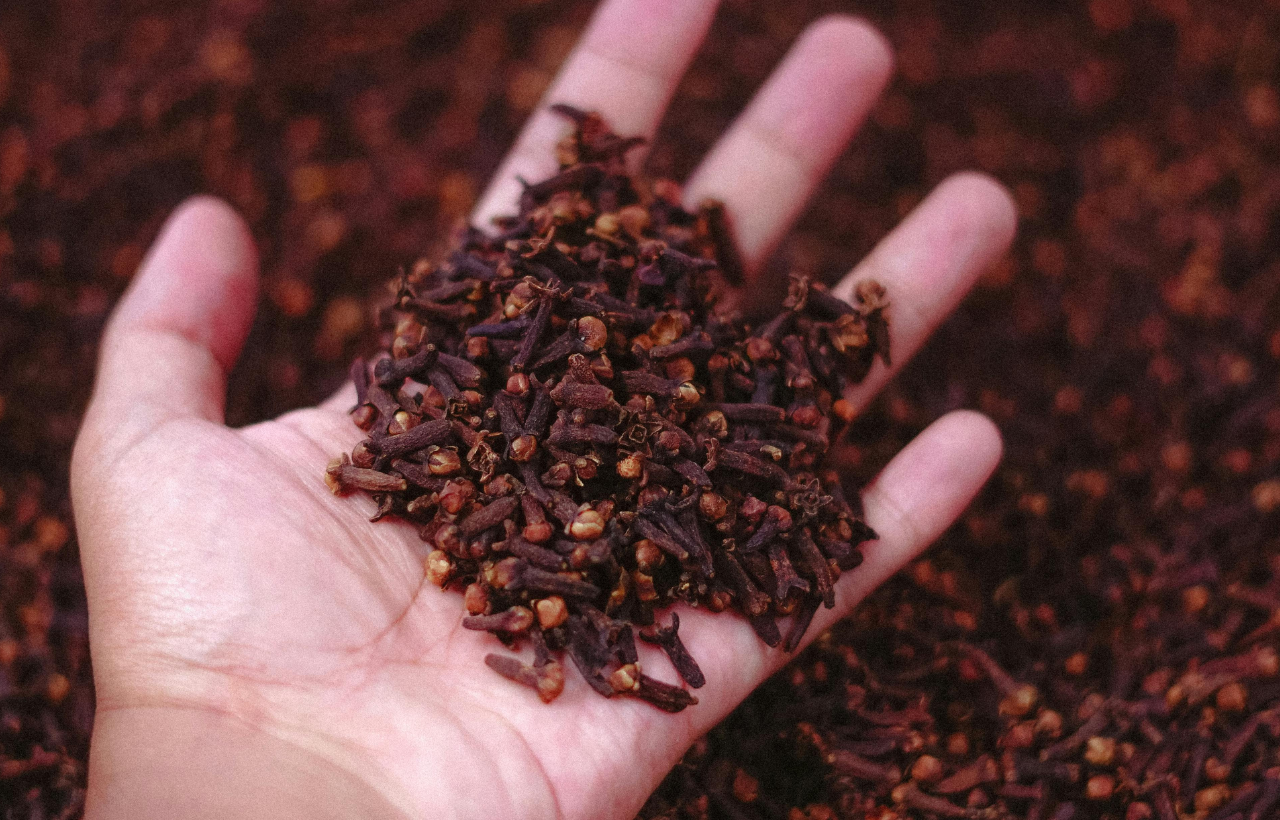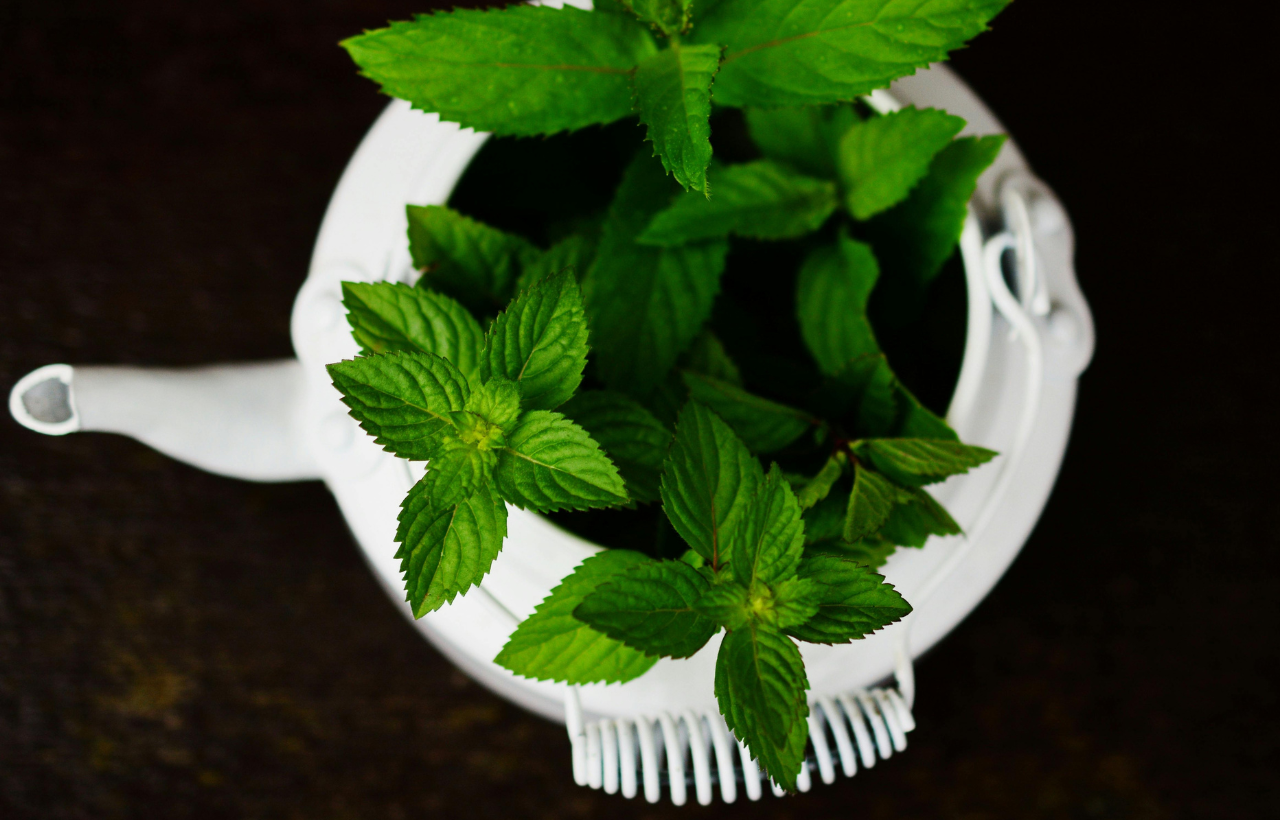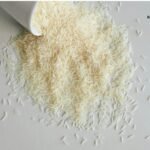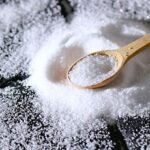Now Reading: Cold Shock: How Your Body Reacts to Freezing Temperatures
- 01
Cold Shock: How Your Body Reacts to Freezing Temperatures
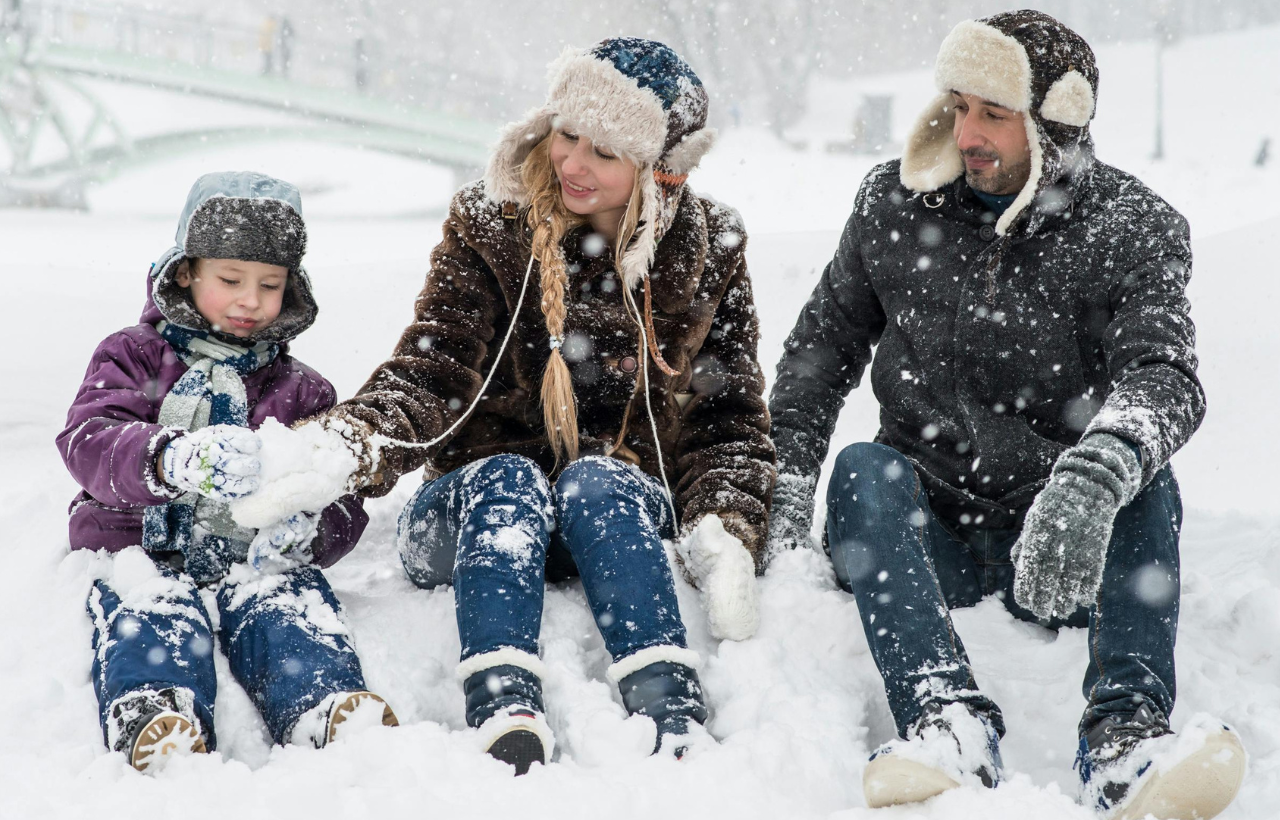
Cold Shock: How Your Body Reacts to Freezing Temperatures
Introduction
Imagine standing at the edge of a frozen lake on a crisp winter morning—the sudden bite of icy air sends a shiver down your spine. This is no ordinary chill; it’s a powerful trigger that awakens an intricate cascade of physiological responses in your body. From rapid gasps and a racing heart to an intense surge of adrenaline, cold shock is both a survival mechanism and a challenge to our delicate internal balance. In this article, we delve into the fascinating journey your body embarks on when exposed to freezing temperatures, revealing the science behind the shiver and the potential benefits of controlled cold exposure.
Understanding Cold Shock
What Is Cold Shock?
Cold shock is the term used to describe your body’s rapid and involuntary response when suddenly exposed to extremely cold environments. The moment your skin senses a drastic drop in temperature, sensory nerves send urgent signals to your brain. This initiates a series of automatic reactions such as hyperventilation, a spike in heart rate, and sudden blood vessel constriction (vasoconstriction) that prioritizes maintaining the core temperature. In everyday language, it’s your body’s built-in alarm system—it warns you that conditions are harsh and demands immediate attention. This phenomenon is crucial both for survival in extreme conditions and for understanding how our bodies cope with environmental stress.
The Physiology Behind the Response
How Your Body Fights the Freeze
When you step into or are suddenly immersed in a freezing medium, several key processes kick in:
- Hyperventilation and Gasp Reflex: Within seconds, your body triggers an involuntary gasp and rapid breathing pattern. This response floods your bloodstream with oxygen in hopes of counteracting the shock and supporting essential muscles.
- Cardiovascular Changes: An abrupt surge in adrenaline is accompanied by a rapid heart rate to pump blood to vital organs. Meanwhile, vasoconstriction occurs—small blood vessels narrow to conserve heat, redirecting warmth to the core at the expense of your extremities.
- Muscle Contraction and Shivering: Your skeletal muscles begin contracting rapidly, producing heat through shivering—a crucial mechanism to generate warmth when the external environment is chilly.
- Neural Responses: Your brain shifts into survival mode, enhancing sensitivity and alertness. This ensures you are more aware of potential dangers, which is why even mild exposure to cold can sometimes leave you feeling jittery and on edge.
These responses, while essential for survival, also explain why sudden exposure to frigid air or water can sometimes be dangerous—if the cold shock response overwhelms your body’s coping mechanisms, it can lead to hypothermia or even cardiac complications.
Current Developments and Expert Opinions
Cold Shock in Modern Research and Practice
Recent studies have uncovered intriguing details about the cold shock response:
- Scientific Insights: Research published in various physiology journals has detailed how cold shock isn’t just a reactive phenomenon but a complex interplay of the autonomic nervous system and endocrine responses. These insights are vital in understanding how quickly the body mobilizes resources in stressful conditions.
- Controlled Cold Exposure: Experts in sports science and physical therapy are increasingly looking at the benefits of controlled cold exposure techniques. Methods such as cryotherapy and structured cold water immersion—practices popularized by figures like Wim Hof—are being examined for their potential to reduce inflammation, boost recovery, and enhance mental resilience.
- Safety and Adaptation: Physicians and researchers advise that gradual exposure, rather than a sudden plunge into freezing conditions, can help the body adapt over time. Expert recommendations emphasize the importance of controlled exposure, adequate warm-up routines, and professional monitoring, especially for those with underlying health conditions.
This evolving field combines traditional survival instincts with modern science, illustrating how cold shock can be both beneficial and hazardous depending on the context and the method of exposure.
Future Trends in Cold Exposure Therapy
Looking ahead, the intersection of biotechnology, sports medicine, and wellness trends suggests a growing interest in harnessing cold exposure for health benefits. Anticipated areas of research include:
- Personalized Cold Therapy: Advances in wearable health technology may soon allow individuals to monitor their physiological responses in real time, tailoring cold exposure sessions to maximize benefits without risking harm.
- Neuroprotective Research: Emerging studies suggest that controlled cold exposure might promote neuroplasticity and help mitigate the effects of stress and inflammation on the brain.
- Broadening Wellness Programs: As public interest in holistic and alternative therapies increases, more wellness centers and fitness programs are likely to incorporate cold shock management strategies within their routines.
The future of cold exposure lies in balancing its natural risks and potential rewards—scientists and practitioners are working together to unlock its full therapeutic potential while ensuring safety.
Conclusion
Cold shock is a potent reminder of the body’s intricate ability to respond to environmental stress. The rapid adaptive responses—from the sudden gasp of hyperventilation to the shivering that generates heat—are not only crucial for survival but also pave the way for innovative therapeutic practices. Whether you’re an adventurer embracing nature’s extremes or someone exploring new wellness trends, understanding your body’s reaction to freezing temperatures is essential. As research continues to evolve, the delicate dance between danger and benefit in cold exposure remains one of nature’s most fascinating mysteries.
Disclaimer: The content provided in this article is for informational purposes only and is not a substitute for professional advice. Always consult a healthcare professional before undertaking any drastic changes in your exposure to cold or if you have any health concerns.


